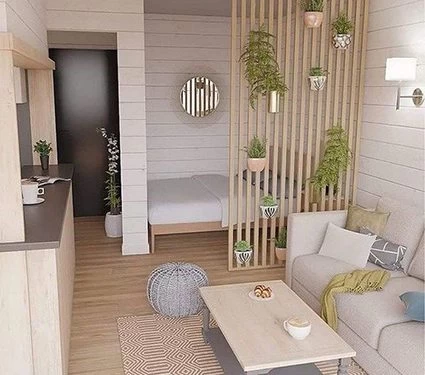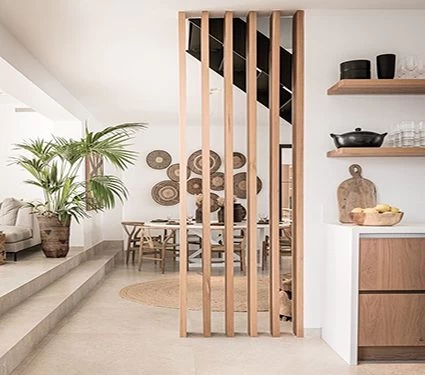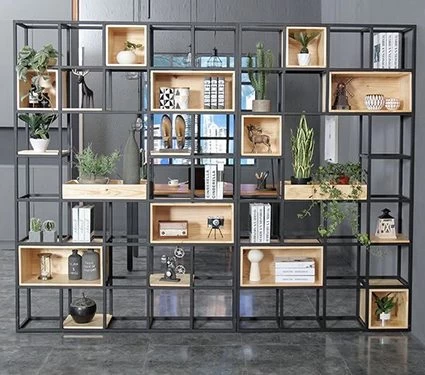Furniture Accessories
Furniture accessories are supplementary items that enhance the functionality, aesthetics, and comfort of furniture pieces.
Here's an overview:
1. Hardware: Hardware accessories include knobs, handles, hinges, drawer slides, and locks, which are essential for opening, closing, and securing furniture components such as drawers, doors, and cabinets.
2. Legs and Feet: Legs and feet accessories provide support and stability to furniture pieces such as sofas, tables, and chairs. They come in various styles, materials, and heights, allowing for customization and adjustment to suit different design preferences and functional needs.
3. Casters and Glides: Casters and glides accessories are used to facilitate movement and protect floors. Casters are wheels attached to the bottom of furniture, allowing for easy mobility, while glides are non-swiveling pads or discs that prevent scratches and marks on floors.
4. Cushions and Pillows: Cushions and pillows accessories add comfort and style to seating furniture such as sofas, chairs, and benches. They come in different sizes, shapes, and materials, providing support and enhancing the visual appeal of furniture pieces.
5. Tabletop Accessories: Tabletop accessories include tablecloths, placemats, coasters, and centerpieces, which protect surfaces and enhance the dining experience. These accessories come in various designs and materials, allowing for personalization and decoration of dining tables and countertops.
6. Storage Accessories: Storage accessories such as baskets, bins, trays, and organizers help maximize space and keep furniture pieces organized and clutter-free. These accessories are particularly useful for storage furniture such as shelves, cabinets, and chests.
7. Lighting Accessories: Lighting accessories such as lamps, sconces, and lampshades provide illumination and ambiance to furniture settings. They come in different styles and designs, allowing for task lighting, accent lighting, or ambient lighting depending on the desired effect.
8. Decorative Accessories: Decorative accessories such as vases, figurines, artwork, and photo frames add personality and charm to furniture arrangements. They serve as focal points or accents, reflecting the individual taste and style of the homeowner.
9. Assembly and Installation Accessories: Assembly and installation accessories include tools, fasteners, and mounting hardware needed to assemble, install, or repair furniture pieces. These accessories ensure proper assembly and installation, prolonging the lifespan and functionality of furniture.
Overall, furniture accessories play a crucial role in enhancing the appearance, functionality, and comfort of furniture pieces, allowing for customization, personalization, and optimization of living spaces.
Furniture accessories encompass a wide range of supplementary items that enhance the functionality, aesthetics, and comfort of furniture pieces.
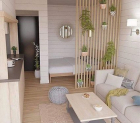
They include:
1. Hardware: Knobs, handles, hinges, drawer slides, locks.
2. Legs and Feet: Supports for sofas, tables, chairs.
3. Casters and Glides: Wheels and pads for mobility and floor protection.
4. Cushions and Pillows: Comfort and decorative elements for seating furniture.
5. Tabletop Accessories: Tablecloths, placemats, coasters, centerpieces.
6. Storage Accessories: Baskets, bins, trays, organizers.
7. Lighting Accessories: Lamps, sconces, lampshades.
8. Decorative Accessories: Vases, figurines, artwork, photo frames.
9. Assembly and Installation Accessories: Tools, fasteners, mounting hardware.
Regarding whether furniture accessories are considered home appliances, the distinction lies in their function and purpose. Furniture accessories primarily serve to enhance furniture pieces' functionality, aesthetics, and comfort, while home appliances are functional devices or machines used for household tasks or activities, such as cooking, cleaning, heating, or cooling. Therefore, furniture accessories are not typically considered home appliances.
Exporting furniture accessories typically involves direct shipment rather than transshipment, as they are considered supplementary items rather than bulk goods. However, transshipment may occur in certain cases where goods are temporarily stored or transferred at intermediate ports or warehouses during the export process.
When exporting furniture accessories, exporters must comply with international trade regulations, documentation requirements, and shipping terms, including Free on Board (FOB) terms. FOB terms specify the responsibilities and obligations of the buyer and seller regarding the delivery of goods and the transfer of ownership.
Under FOB terms, the seller (exporter) is responsible for delivering the goods to the named port of shipment and clearing them for export. The seller bears the cost and risk of transporting the goods to the port, loading them onto the vessel, and providing export documentation.
Once the goods are loaded onto the vessel, ownership and risk transfer to the buyer (importer). The buyer is responsible for arranging and paying for the ocean freight, insurance, customs clearance, and any other costs associated with transporting the goods from the port of shipment to the final destination.
Exporters must ensure compliance with regulations governing the export of furniture accessories, including product standards, certifications, labeling requirements, and customs documentation. This may include obtaining necessary export licenses or permits, providing accurate commercial invoices, packing lists, certificates of origin, and complying with destination country regulations regarding product safety, labeling, and packaging.
Additionally, exporters should consider factors such as incoterms, payment terms, insurance coverage, and export financing options when negotiating export contracts and determining the terms of sale. By understanding and adhering to export rules and FOB terms, exporters can ensure smooth and efficient international trade transactions for furniture accessories.
Several trends are shaping the furniture accessories industry, reflecting evolving consumer preferences, technological advancements, and sustainability concerns.
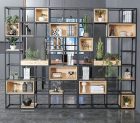
Here are some notable trends:
1. Sustainable Materials: There is a growing demand for furniture accessories made from sustainable materials such as bamboo, reclaimed wood, recycled plastic, and eco-friendly fabrics. Consumers are increasingly conscious of environmental issues and prefer products that minimize their carbon footprint and promote sustainability.
2. Customization and Personalization: Furniture accessories that offer customization and personalization options are gaining popularity as consumers seek unique and individualized products to reflect their style and preferences. Customizable features such as color, size, pattern, and engraving allow consumers to create personalized pieces that suit their specific needs and tastes.
3. Smart Technology Integration: Furniture accessories incorporating smart technology features such as wireless charging capabilities, built-in speakers, LED lighting, and remote-controlled functions are becoming increasingly prevalent. These smart accessories offer convenience, connectivity, and enhanced functionality, catering to the tech-savvy consumer.
4. Multifunctionality and Space-saving Designs: With the growing trend towards smaller living spaces and multifunctional furniture, accessories that serve multiple purposes and optimize space utilization are in high demand. Furniture accessories such as modular shelving units, convertible tables, and storage ottomans with built-in compartments offer versatility and efficiency in compact living environments.
5. Minimalist and Scandinavian-Inspired Designs: Minimalist and Scandinavian-inspired designs continue to dominate the furniture accessories market, characterized by clean lines, simplicity, and functionality. Accessories with a minimalist aesthetic, neutral color palettes, and natural materials complement modern interior design styles and appeal to consumers seeking a clean and clutter-free living space.
6. Artisanal and Handcrafted Pieces: There is a growing appreciation for artisanal craftsmanship and handmade products in the furniture accessories industry. Consumers value the authenticity, uniqueness, and quality craftsmanship of handcrafted accessories, which often showcase traditional techniques and cultural heritage.
Overall, furniture accessories trends are driven by a combination of factors including sustainability, technology, functionality, design aesthetics, and consumer lifestyle preferences. Staying attuned to these trends allows manufacturers, retailers, and designers to meet evolving consumer demands and remain competitive in the furniture accessories market.

2. Legs and Feet: Supports for sofas, tables, chairs.
3. Casters and Glides: Wheels and pads for mobility and floor protection.
4. Cushions and Pillows: Comfort and decorative elements for seating furniture.
5. Tabletop Accessories: Tablecloths, placemats, coasters, centerpieces.
6. Storage Accessories: Baskets, bins, trays, organizers.
7. Lighting Accessories: Lamps, sconces, lampshades.
8. Decorative Accessories: Vases, figurines, artwork, photo frames.
9. Assembly and Installation Accessories: Tools, fasteners, mounting hardware.

Overall, furniture accessories trends are driven by a combination of factors including sustainability, technology, functionality, design aesthetics, and consumer lifestyle preferences. Staying attuned to these trends allows manufacturers, retailers, and designers to meet evolving consumer demands and remain competitive in the furniture accessories market.
FAQs
How do sustainable materials influence the design and production of modern furniture accessories?
Sustainable materials promote eco-friendly practices and are used in modern furniture accessories to reduce environmental impact and meet consumer demand for environmentally conscious products.
What are the key features that consumers look for when seeking customizable furniture accessories?
Consumers seek customizable furniture accessories with features such as adjustable sizing, color options, modular components, and personalized engraving to suit their specific preferences and needs.
How does the integration of smart technology enhance the functionality of furniture accessories?
Smart technology integration enhances functionality by enabling features such as wireless connectivity, remote control, automation, and data tracking in furniture accessories, providing convenience and connectivity for users.
What role do minimalist and Scandinavian-inspired designs play in shaping the aesthetics of contemporary furniture accessories?
Minimalist and Scandinavian-inspired designs emphasize clean lines, simplicity, and functionality in contemporary furniture accessories, creating a modern and timeless aesthetic that complements various interior styles.
 +7929688-88-14
+7929688-88-14

 English
English
 Persian
Persian
 Russian
Russian
 Chinese
Chinese


 +7929688-88-14
+7929688-88-14

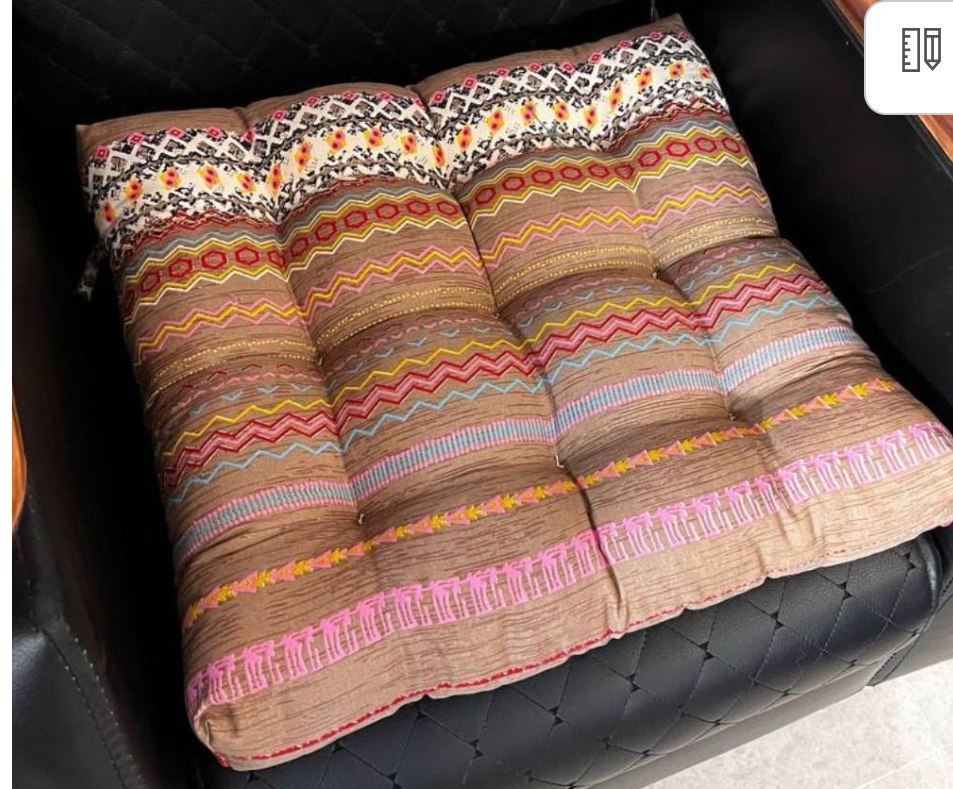

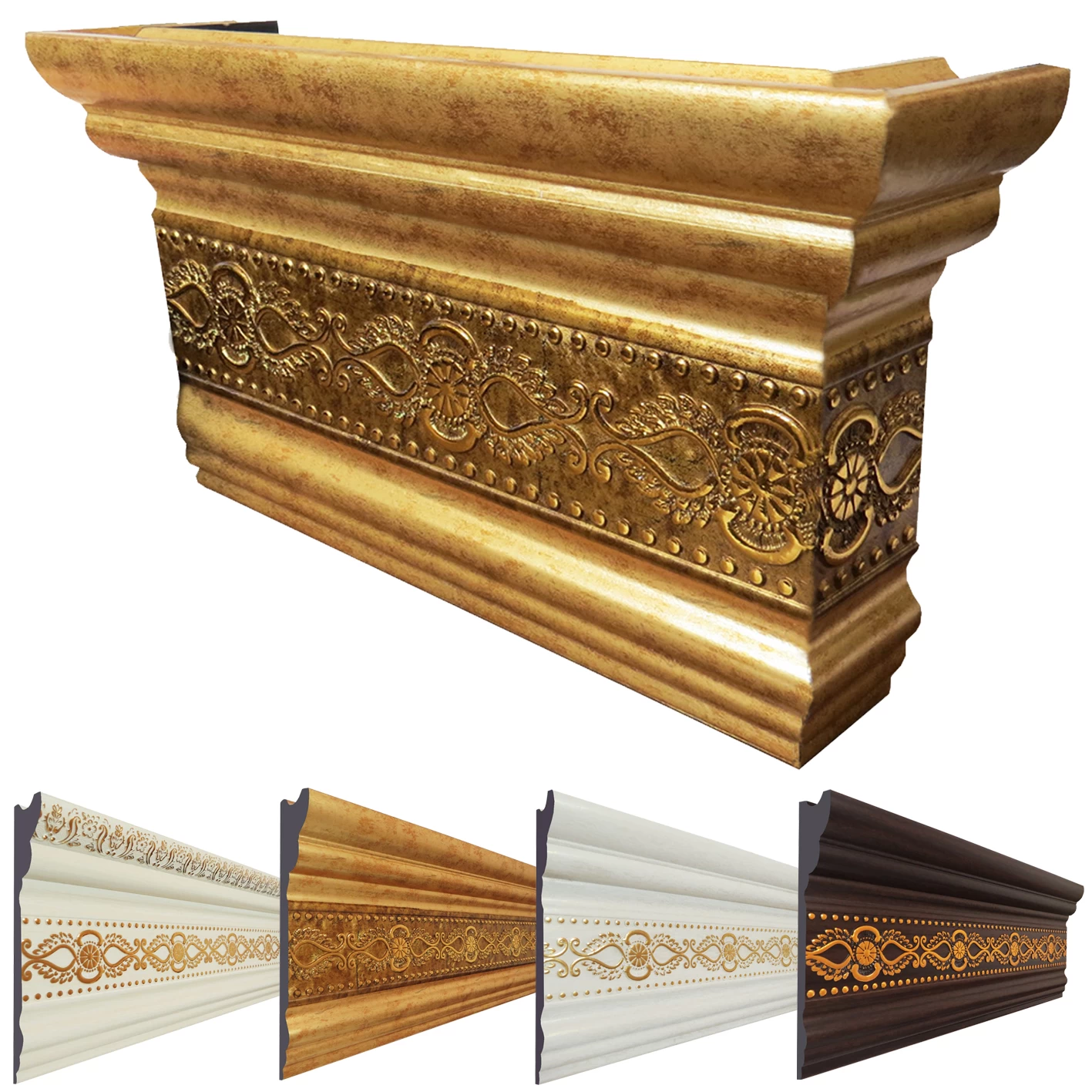
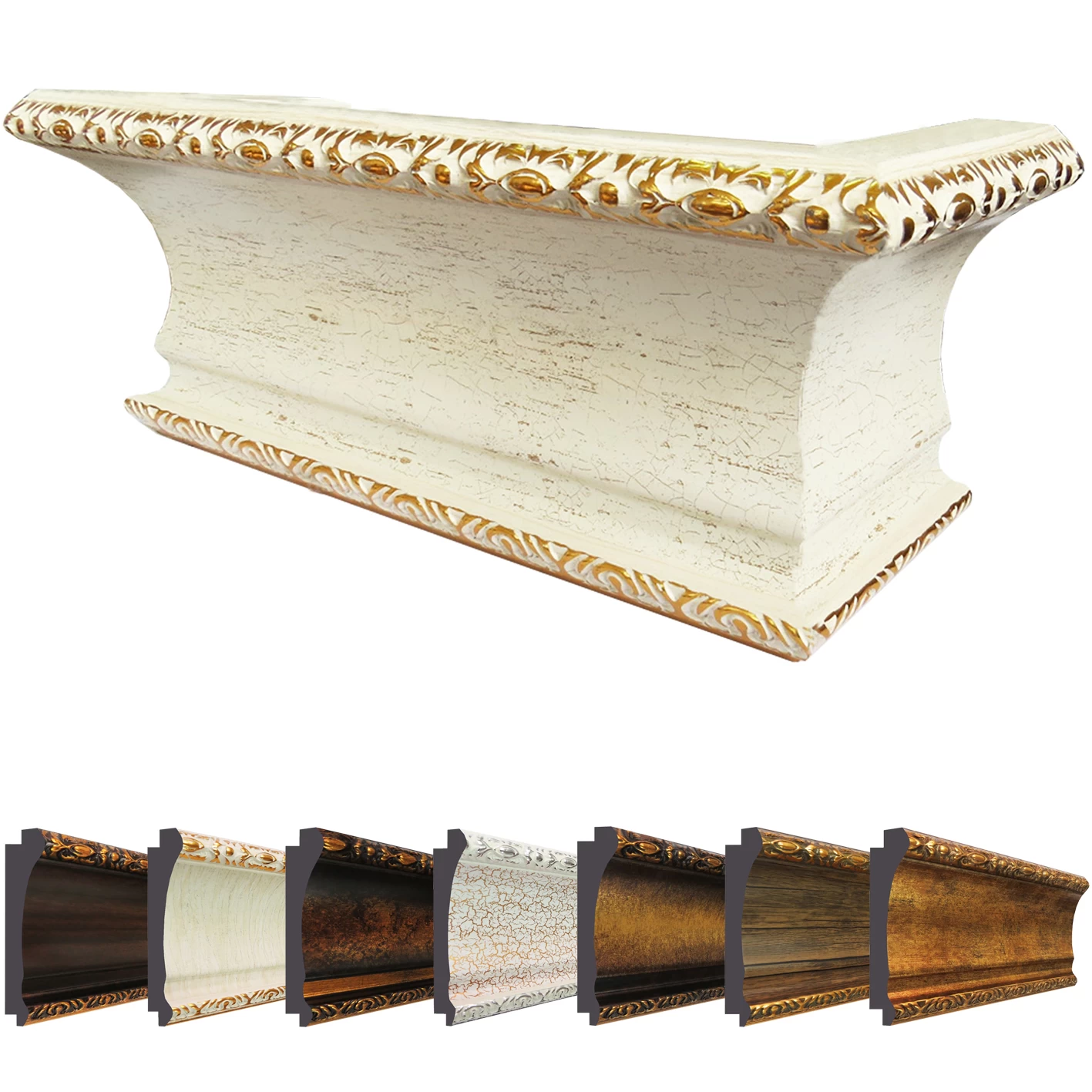
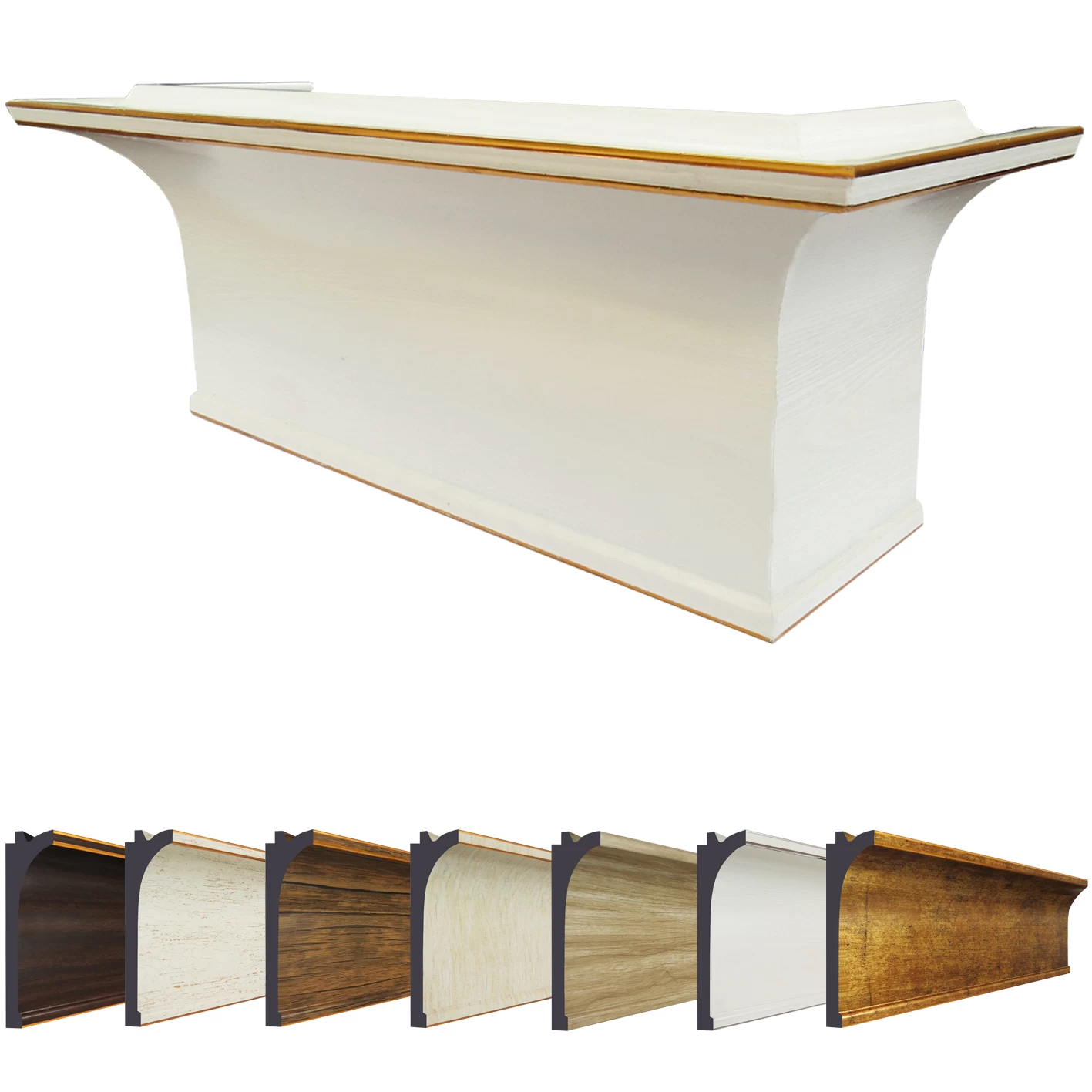
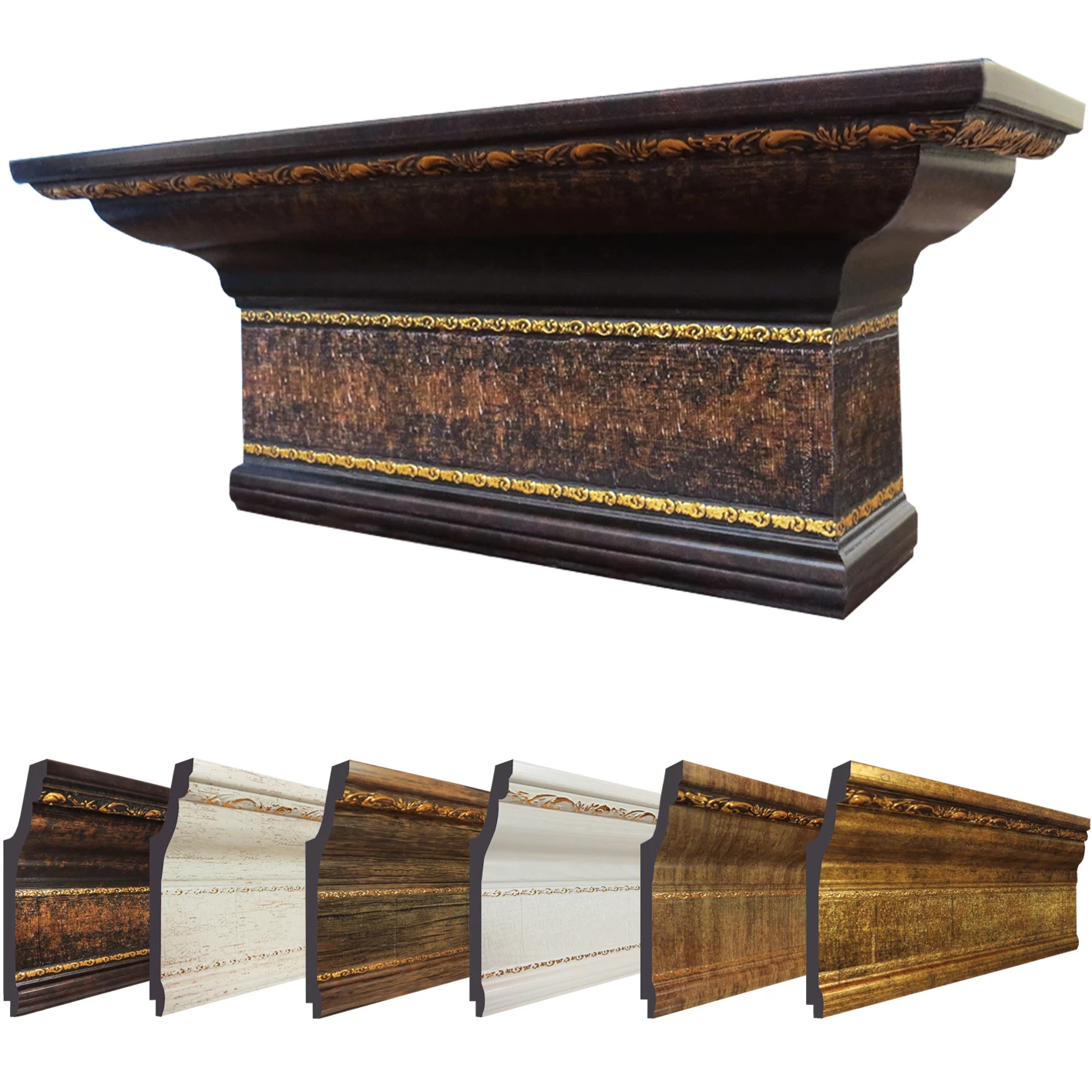
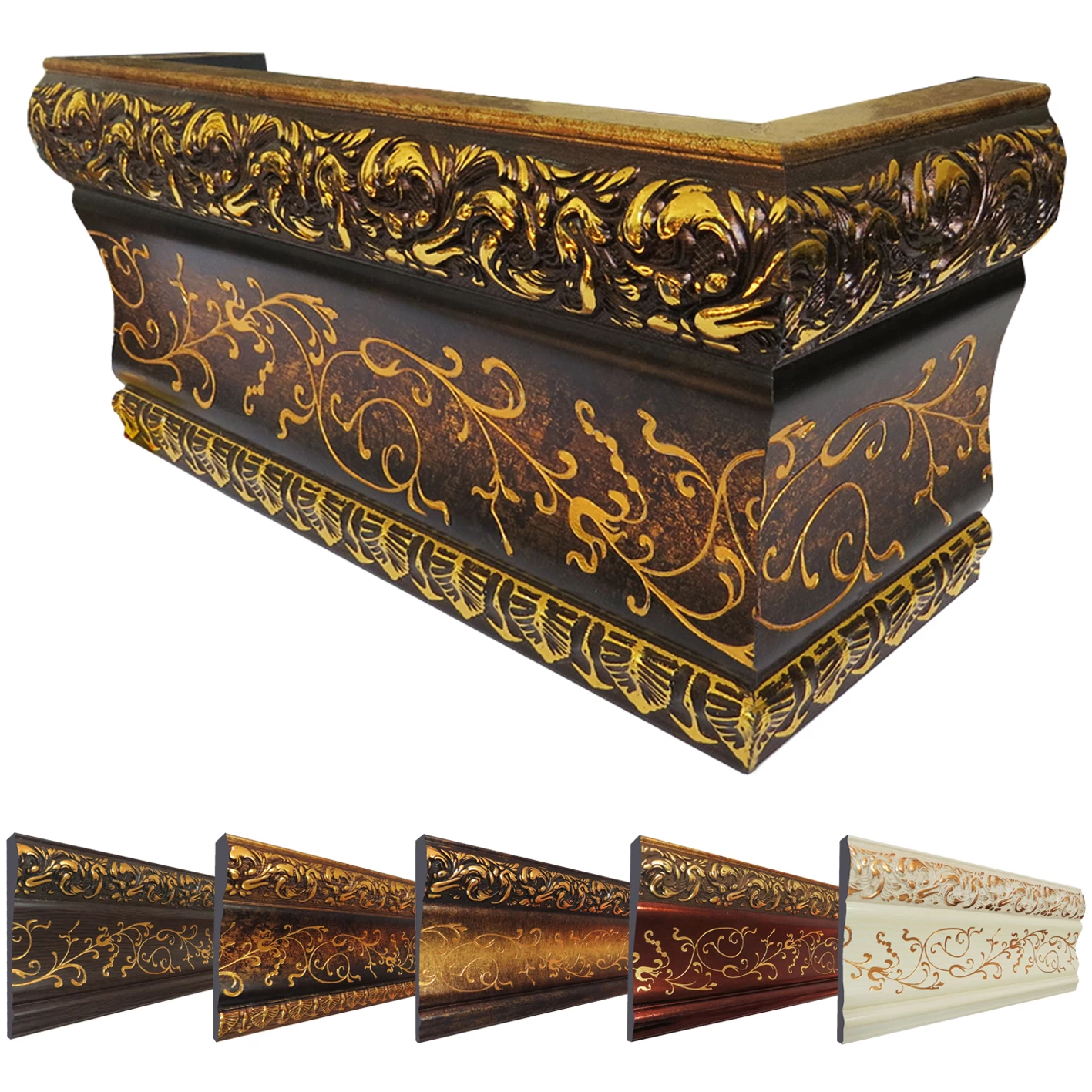
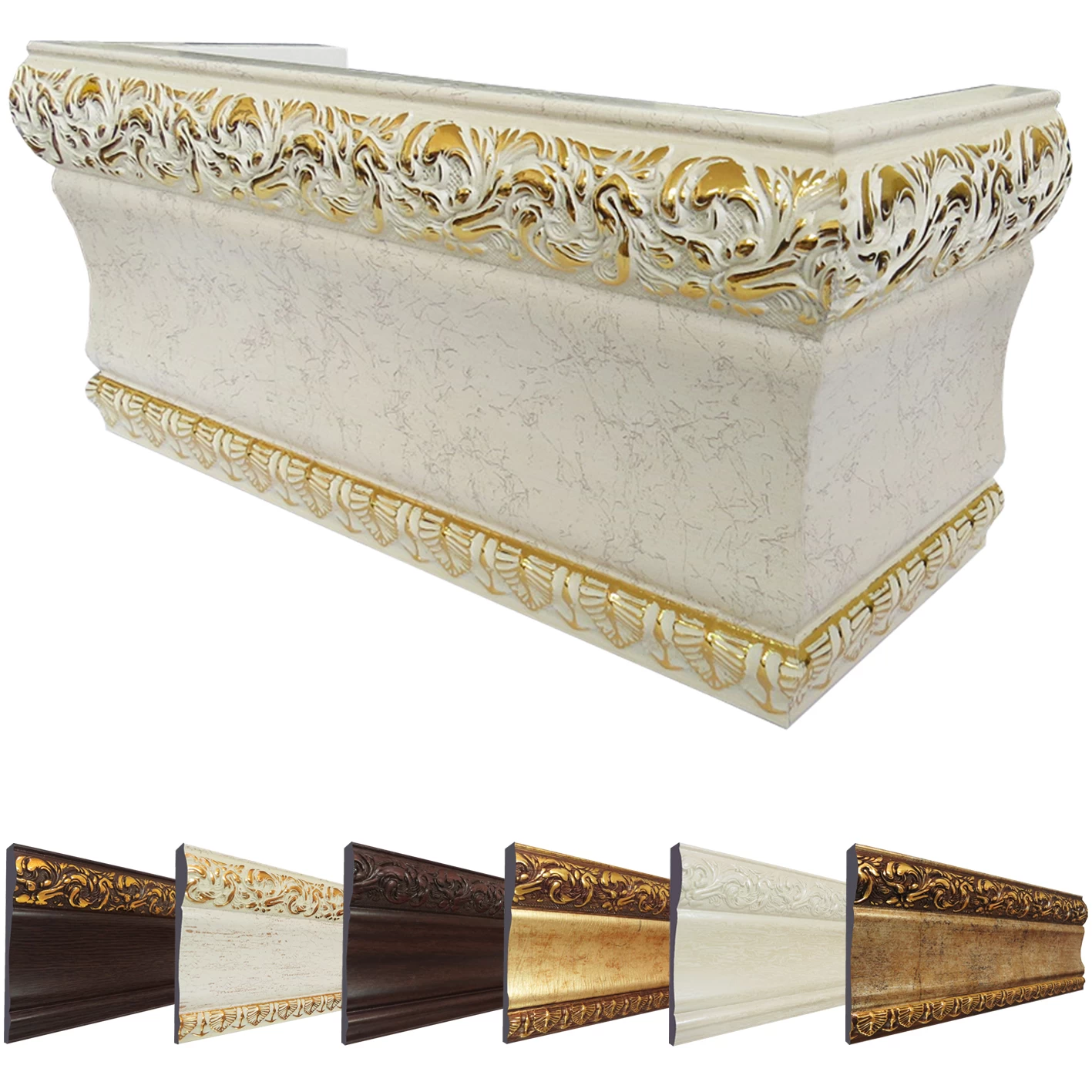
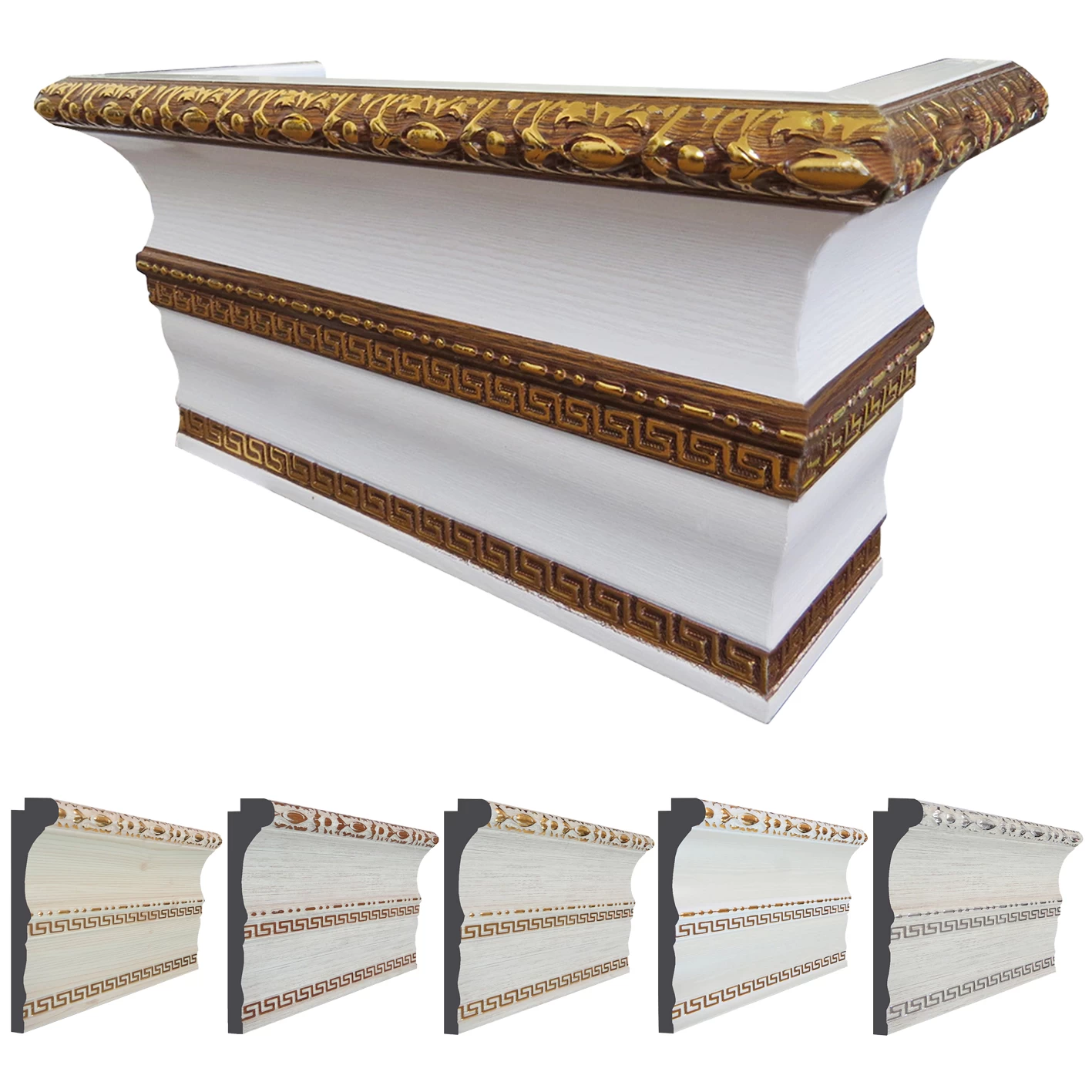
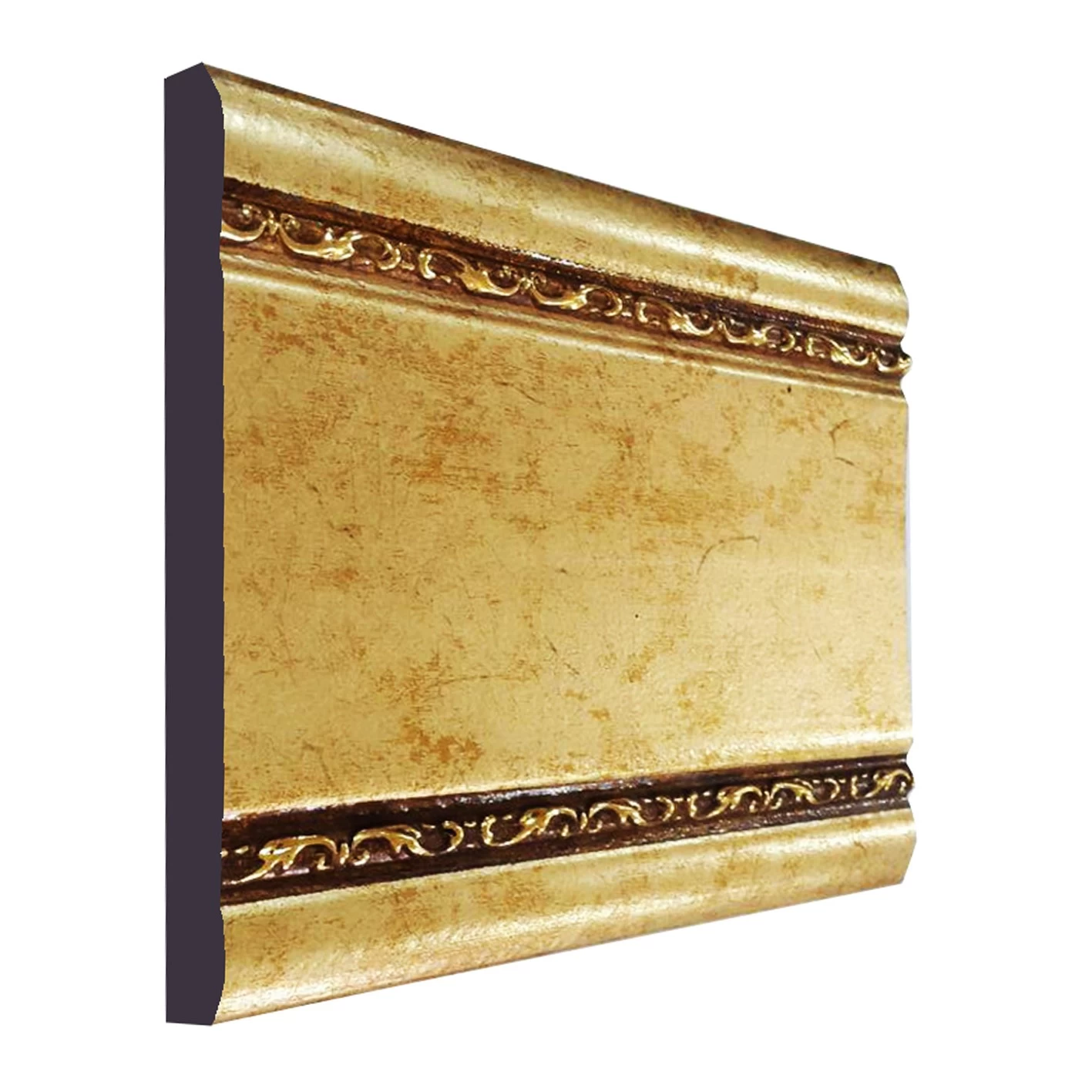
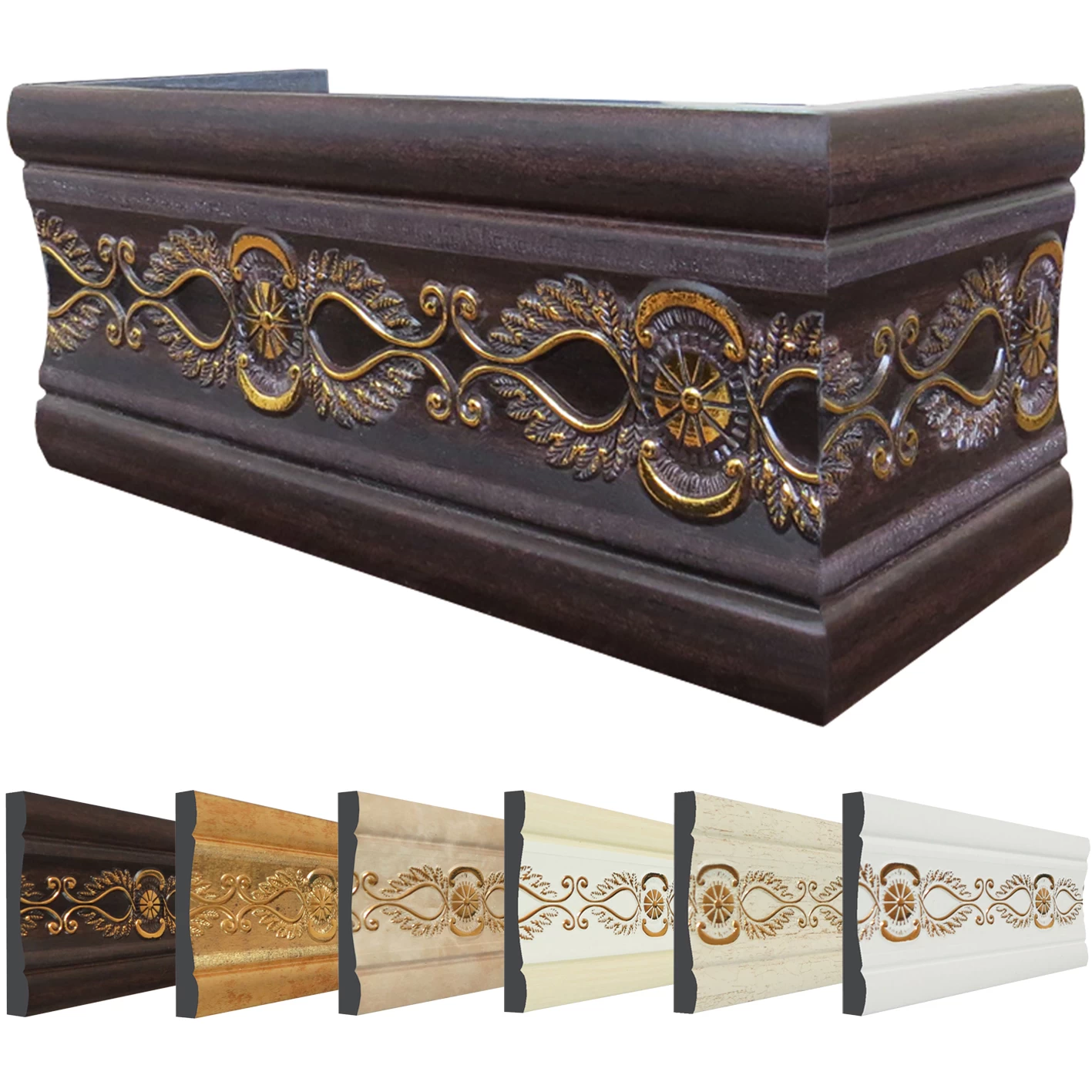
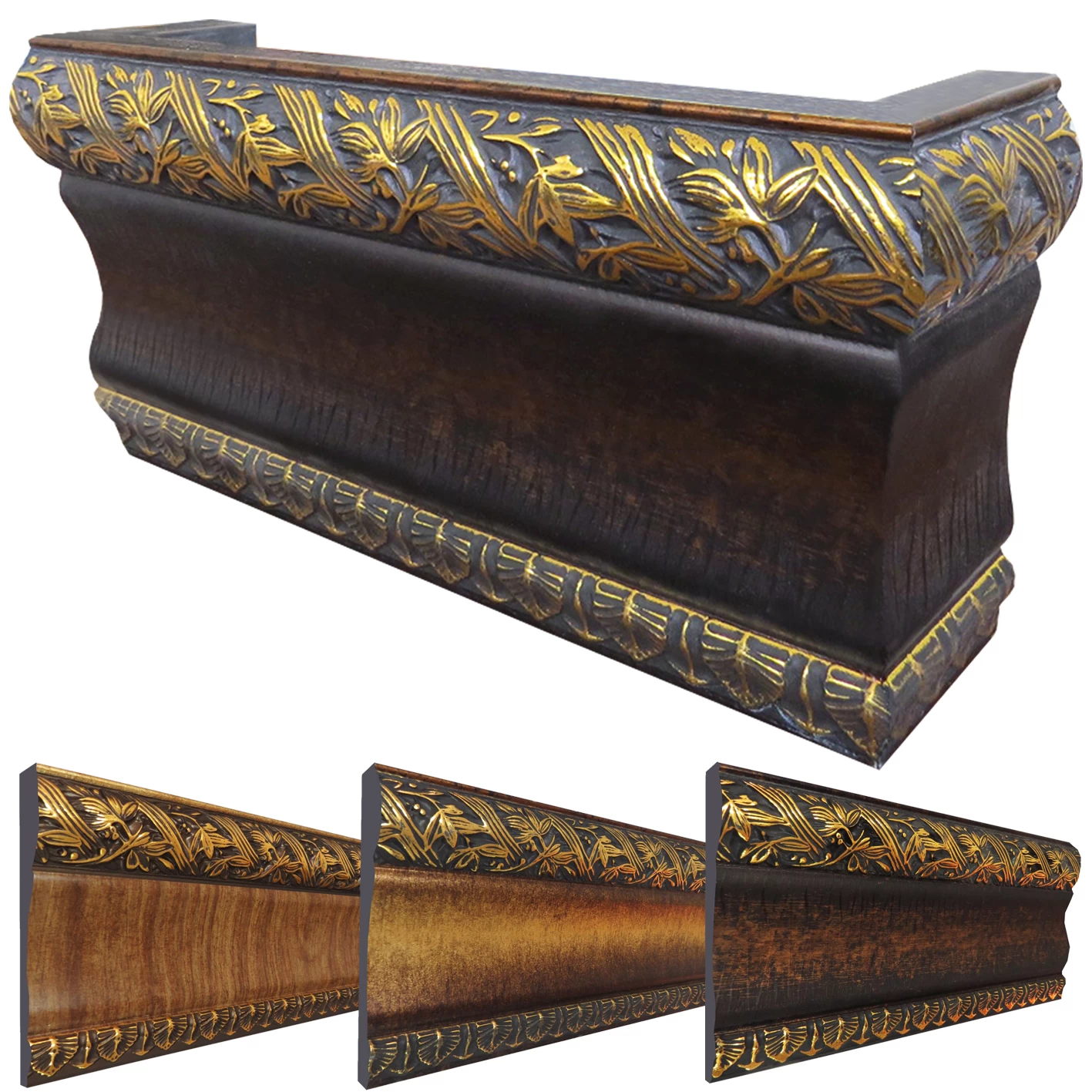
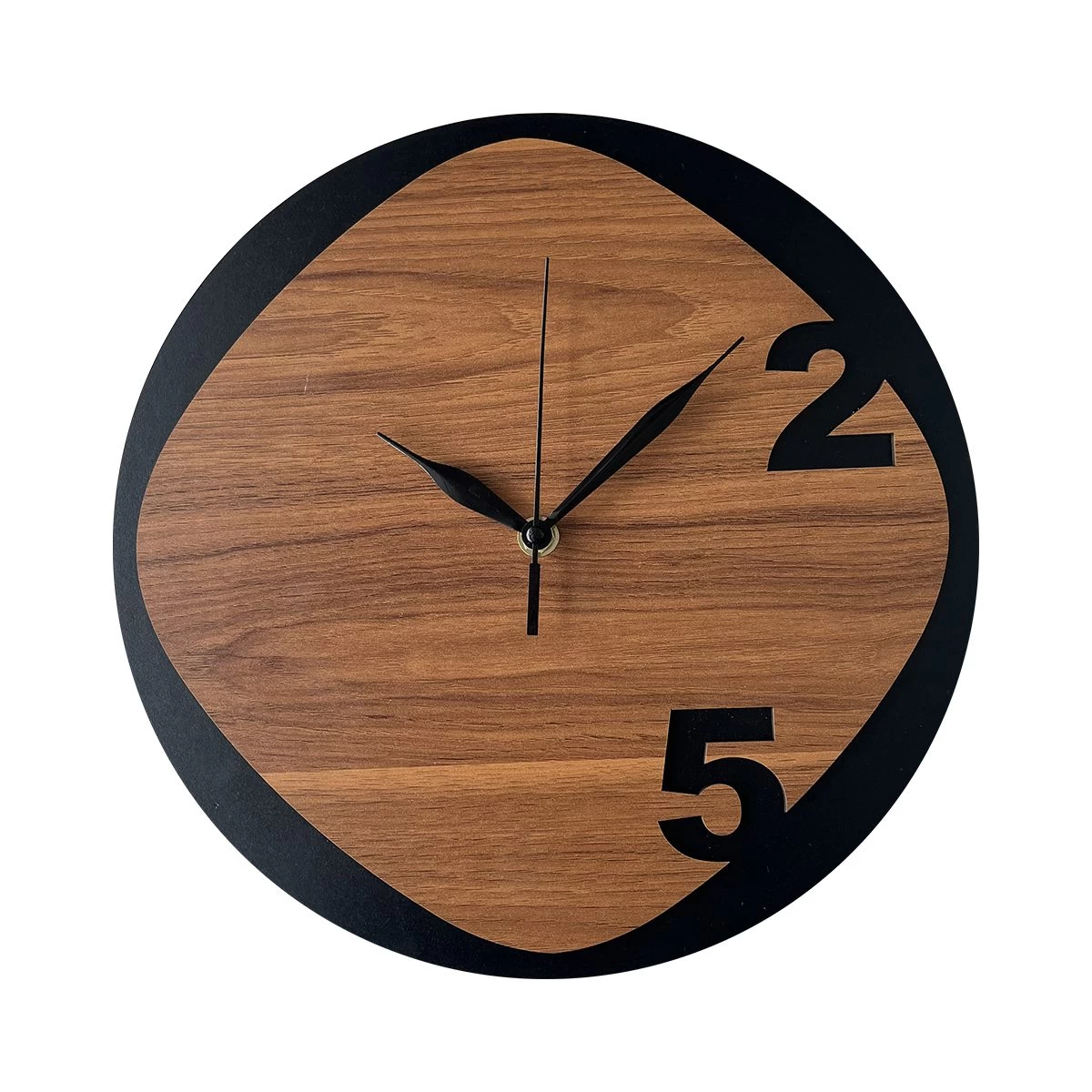

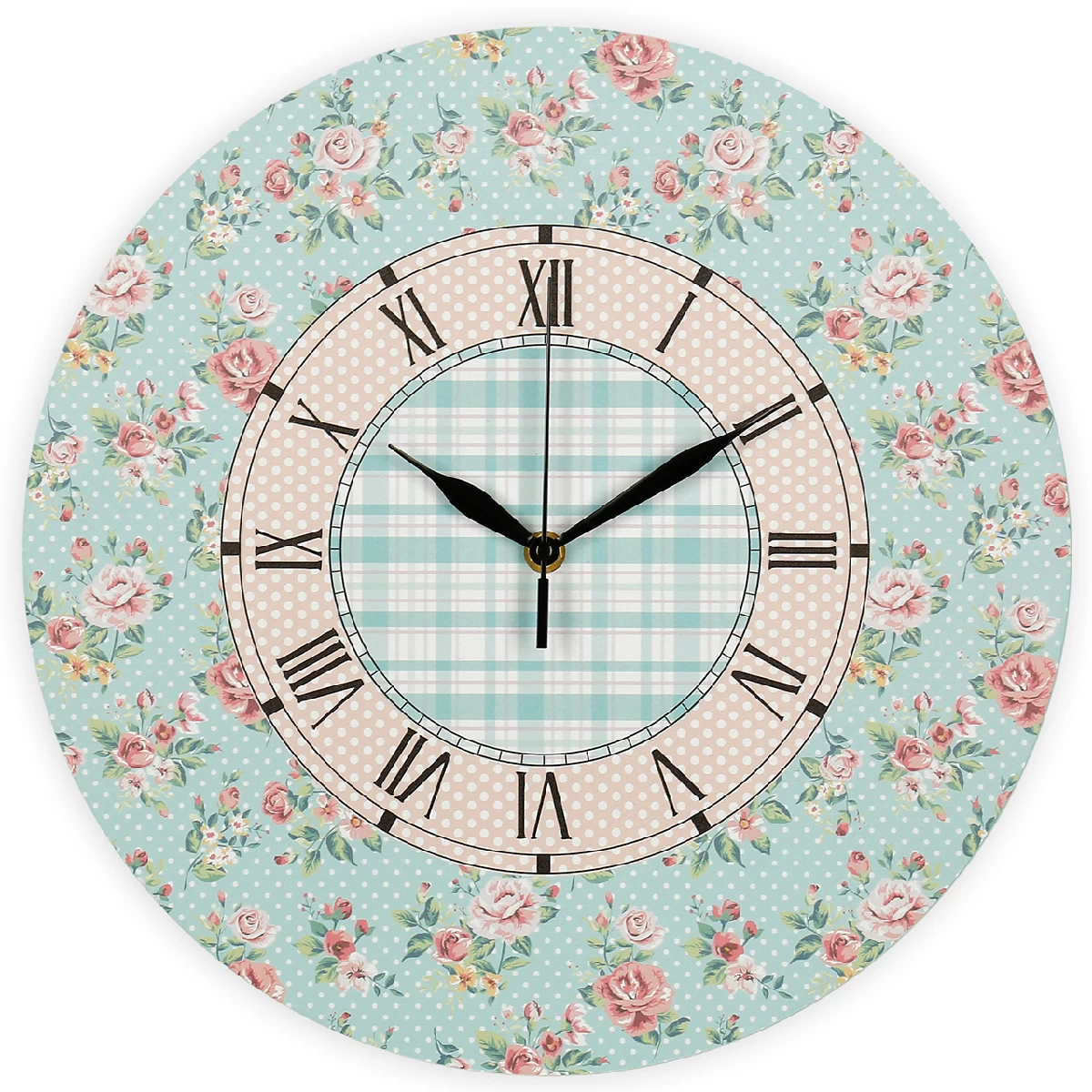
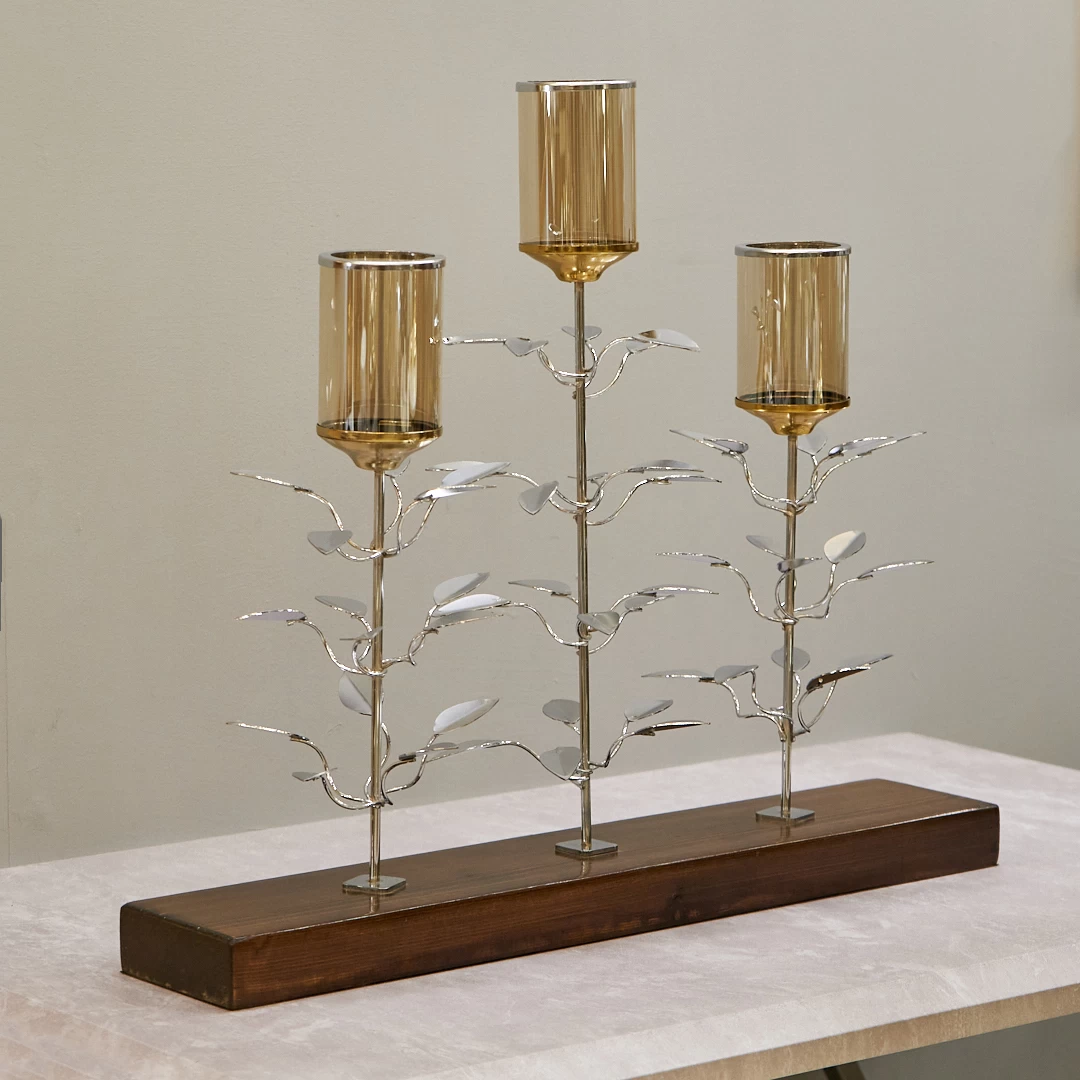
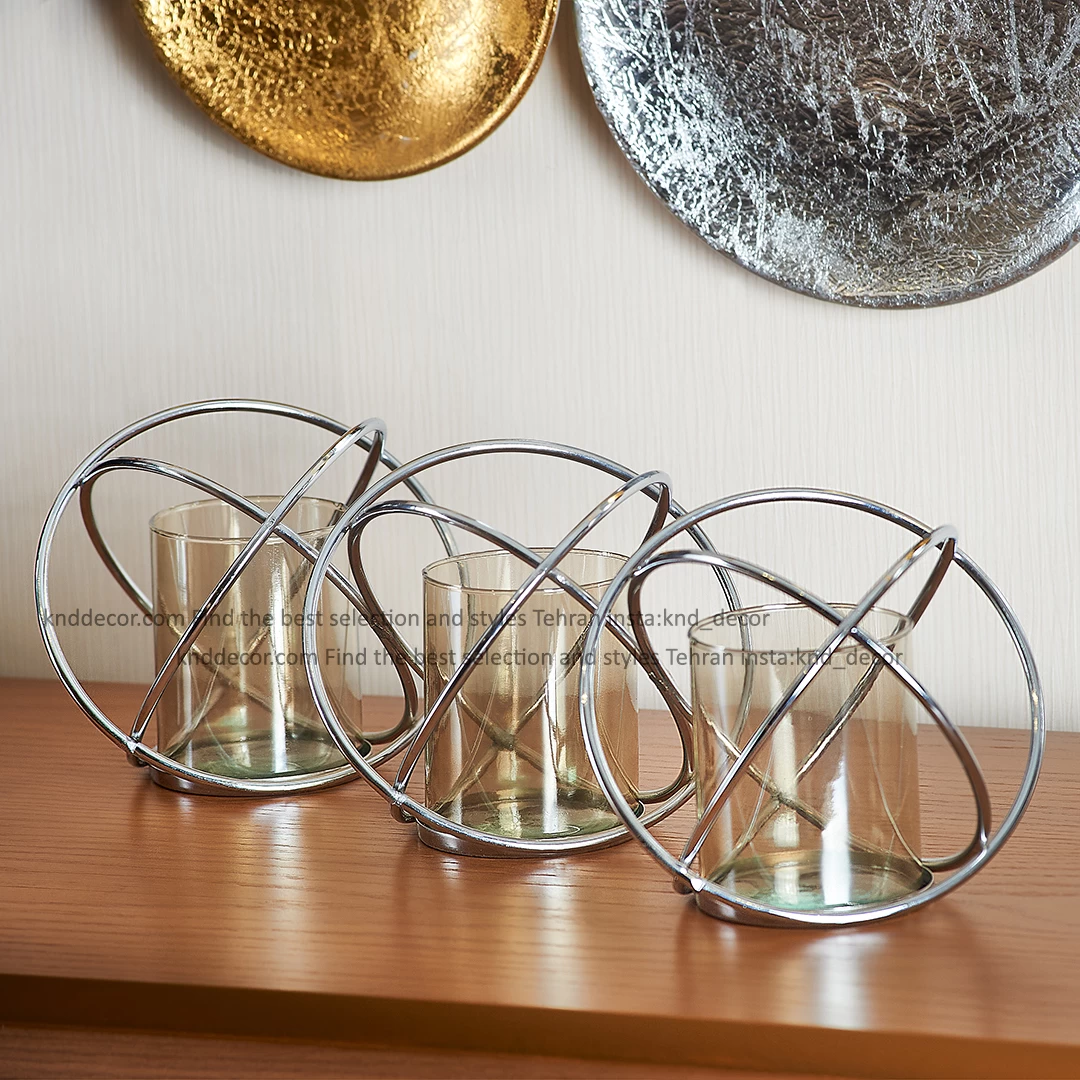
.webp)
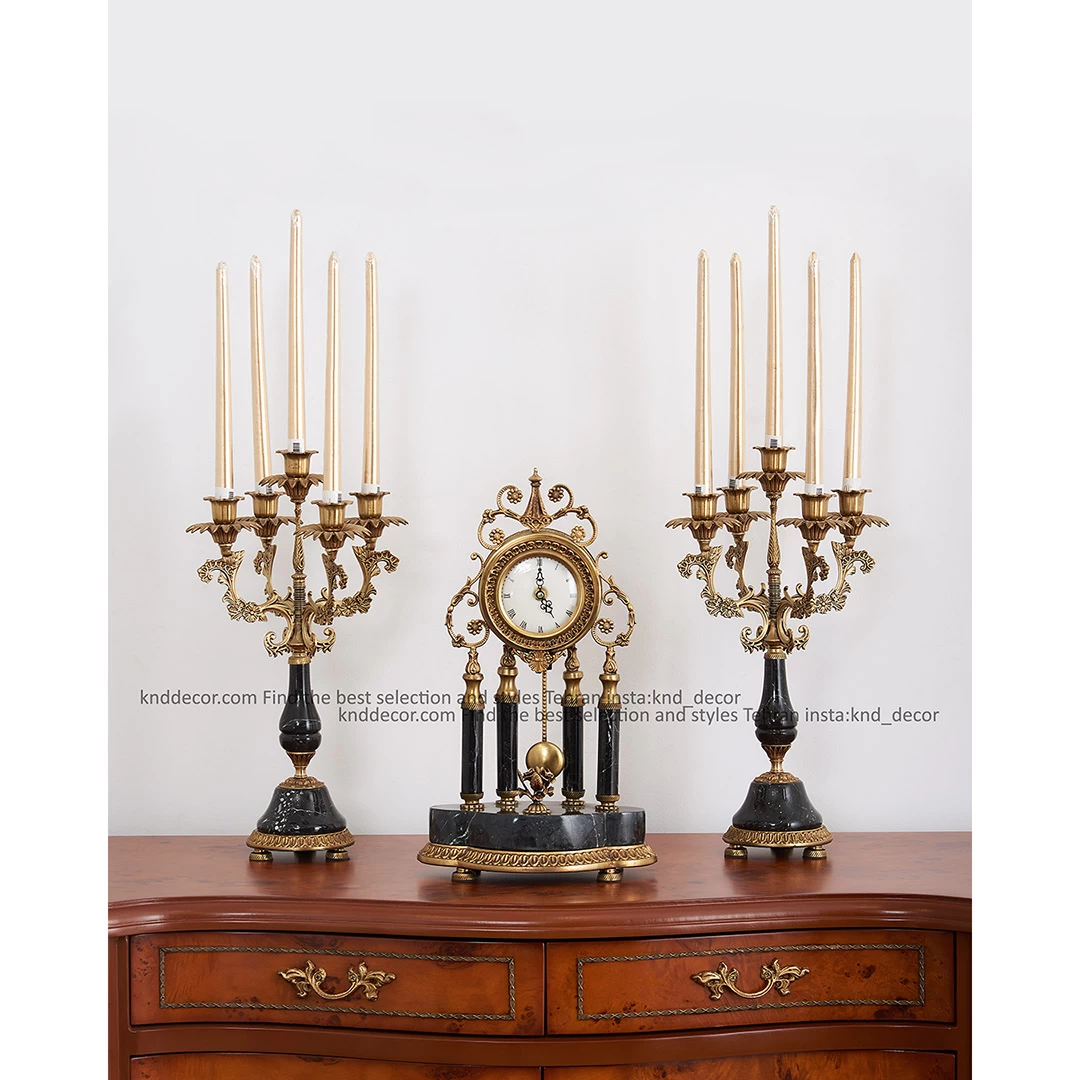
.webp)
